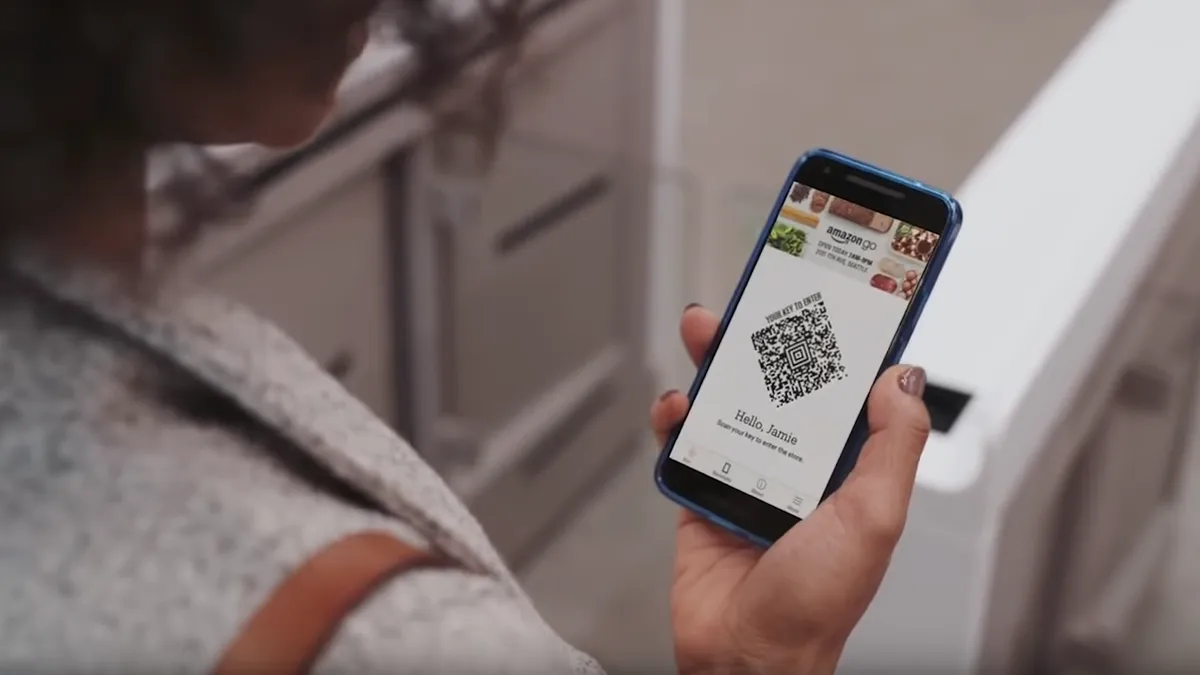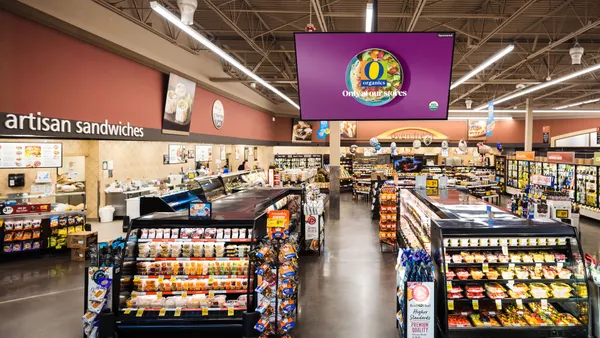Brief:
-
Shoppers are ready to try new technologies like augmented reality (AR), virtual reality (VR) and cashierless checkout that improve their in-store experience but retailers are lagging in providing them, according to a survey by BRP Consulting.
-
Almost one-third (32%) of consumers say they’re likely to shop at a store offering an augmented reality (AR) experience, but only 9% of retailers offer the technology to overlay digital images on a real location seen through a smartphone camera. Another 29% of retailers plan to offer AR in the next three years.
-
Shoppers are slightly less interested in virtual reality (VR), which requires them to wear specialized headsets to see a completely computer-generated environment. Twenty-nine percent of consumers are likely to shop at a store with VR, while 7% of retailers currently offer the technology and 23% plan to add it within three years, per BRP.
Insight:
Mobile technology is a key part of driving consumer expectations during shopping as the digital and physical worlds converge, BRP’s survey suggests. Shoppers want the sensory experience of the physical world, such as touching and feeling merchandise and speaking with a knowledgeable store employee, combined with a personalized experience that digital technology provides. That means technology can supplant human interaction if it makes shopping easier. More than half (55%) of consumers are more likely to shop at a store with self-checkout than one without the service, while 57% will choose a store offering automated returns to avoid human interaction, per BRP.
Retailers will have to determine which technologies are worth the investment to remain competitive. More than one-third (36%) of shoppers will shop at a store offering virtual mirrors to help see themselves in different garments, glasses or cosmetics, but only 9% of stores use the technology. Another 23% plan to add virtual mirrors within three years, per BRP. Cosmetics retailer Sephora introduced an AR mirror in 2014, while Macy's has used smart mirrors in dozens of stores.
Meanwhile, 27% of consumers will shop at a store that lets them video conference from home with an in-store employee. About one-fifth (21%) of retailers offer video conference and another 25% plan to offer it within three years, per BRP. Farfetch and Axel Arigato have implemented Go Instore's technology to provide live immersive video to shoppers.
Mobile technology also lets retailers offer personalized promotions based on a customer’s location and past purchase history. The percentage of retailers that offer such services has grown to 32% this year from 17% a year earlier, and 70% plan to provide location-based promotions within three years, per BRP. More than half (57%) of consumers said they have used a retailer's mobile app while in stores, often to redeem or find coupons or discover items on sale, according to a separate survey by Yes Marketing.
Stores need to ensure that their apps work seamlessly with the in-store experience. Target recently stirred controversy as shoppers in Minnesota found that its app changed prices on items depending on whether shoppers were inside or outside the store. "The Target app shows in-store pricing while in store, and online pricing while on the go,” the store chain said in a statement to TV station KARE 11. “If a guest finds any item for a lower price across any of the ways they can shop Target, we'll price match it." Target is combining several mobile apps into one that has mobile shopping, its loyalty program and payments in a single place after experimenting with separate apps, per Digiday.










